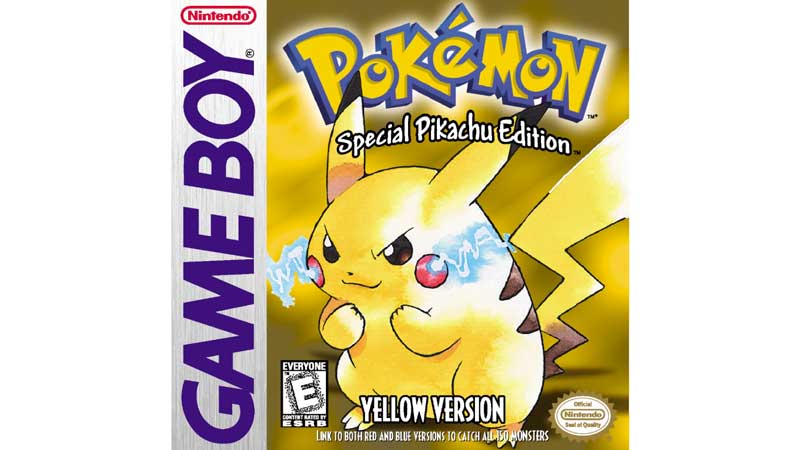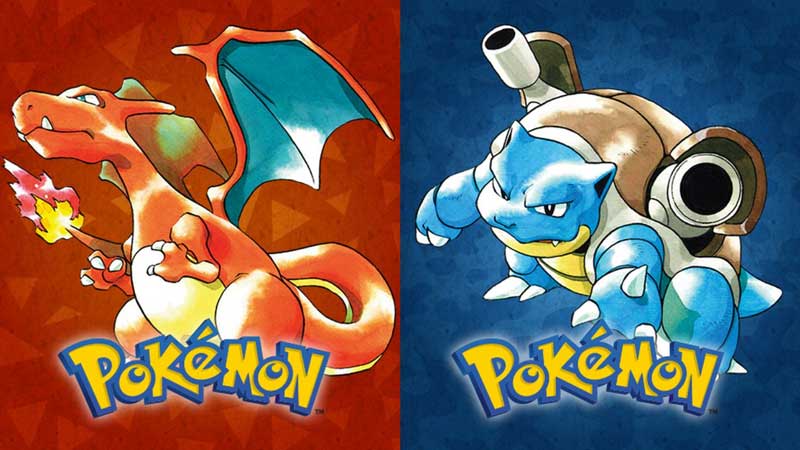
 Added new elements such as walking Pokémon, a friendship mechanic, and mini-games to make the Pokémon world more immersive - these features would return numerous times in later games. Yellow stayed close to the formula of the originals, while taking cues from the success of the anime and particularly the breakout appeal of Pikachu. Encouraged trading and multiplayer battles, prioritizing the game's social aspects from the very beginning. Established gameplay fundamentals such as type advantages and evolution. Introduced players to capturing, taming and training Pokémon - with some slight departures, these mechanics have remained more or less the same throughout the franchise's history. 24 years later, this process remains at the core of Pokémon’s formula, and with good reason! This "if it ain't broke, don't fix it" approach has helped to keep the series consistent over time, and lets each iteration develop on a familiar template. The first entries in the Pokémon franchise introduced many features now considered series staples the player starts the game as a budding Trainer, builds a team by battling and capturing wild Pokémon, and eventually takes on the Pokémon League. We've compiled a quick rundown of every entry in the main series, and included some notes on how each one builds upon Pokémon's core player experience.
Added new elements such as walking Pokémon, a friendship mechanic, and mini-games to make the Pokémon world more immersive - these features would return numerous times in later games. Yellow stayed close to the formula of the originals, while taking cues from the success of the anime and particularly the breakout appeal of Pikachu. Encouraged trading and multiplayer battles, prioritizing the game's social aspects from the very beginning. Established gameplay fundamentals such as type advantages and evolution. Introduced players to capturing, taming and training Pokémon - with some slight departures, these mechanics have remained more or less the same throughout the franchise's history. 24 years later, this process remains at the core of Pokémon’s formula, and with good reason! This "if it ain't broke, don't fix it" approach has helped to keep the series consistent over time, and lets each iteration develop on a familiar template. The first entries in the Pokémon franchise introduced many features now considered series staples the player starts the game as a budding Trainer, builds a team by battling and capturing wild Pokémon, and eventually takes on the Pokémon League. We've compiled a quick rundown of every entry in the main series, and included some notes on how each one builds upon Pokémon's core player experience. 
Pokemon Games List in OrderĮvery Pokémon game has brought something new to the table - this usually includes new areas to explore as well as new Pokémon and human characters, but also can mean entirely new mechanics which can bring major upgrades to gameplay.

This article focuses on what’s often called the “main series” – the core RPGs centered around catching, battling, evolving, and trading Pokémon – in the order they were released internationally, and we’ll be looking at how the essential elements behind a Pokémon game have developed over time.

In the run-up to Pokémon Sword and Shield’s worldwide release on the 15 th, we’re providing a crash course in the iconic gaming franchise’s history.








 0 kommentar(er)
0 kommentar(er)
